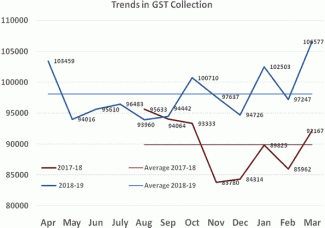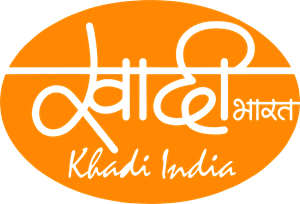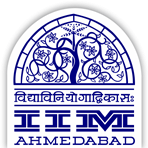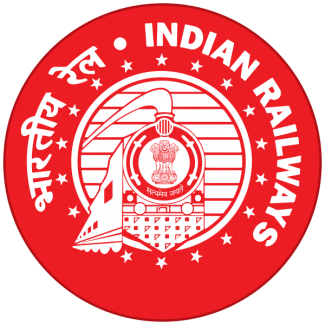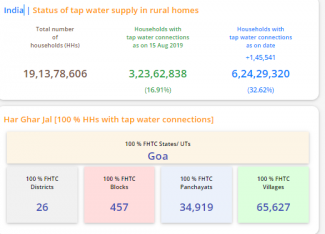
इस समाचार को हिन्दी में पढ़े आगे...
The Minister of State (IC) for AYUSH Shripad Yesso Naik inaugurated the Regional Raw Drug Repository (RRDR) today at All India Institute of Ayurveda, New Delhi through a virtual function. This RRDR is the second in the series of repositories proposed by National Medicinal Plants Board (NMPB), Ministry of AYUSH and will be dedicated to the Trans-Ganga Plain Region.
There is an increased demand for the natural healing and herbal products across the globe. COVID has further pushed the demand and many of the key herbs like Asvagandha, Giloi, Tulsi, Kalmegh, Mulethi are on high demand. With the increasing demand for the herbal medicines, the NMPB which is already engaged in the development of a mechanism to ensure supply of quality raw material to the AYUSH industry as well as consumers expedited the process of establishing the Raw Drug Repositories.
NMPB is already involved in the process of developing policies in this direction and for attaining speedy development in the areas of making sustainable availability of authentic raw material of medicinal plants for the AYUSH industries. In order to document the diversity in the genetics and chemistry of medicinal plants, eight RRDR and one NRDR have been proposed by Ministry of AYUSH. Out of them, three Regional Raw Drug Repositories are ready.
RRDR for Trans- Ganga Plain Region covers four states -Haryana, Chandigarh, Delhi and Punjab. This region has a huge potential for medicinal raw materials. Therefore, this RRDR would play a stellar role in collection, documentation, and authentication of raw drugs collected largely from the respective agro-climatic region.
NMPB also released a protocol titled “Standard protocol for Quality assessment of Raw Medicinal Plants Material on the basis of Rasa in collaboration with All India Institute of Ayurveda, New Delhi and National Institute of Ayurveda, Jaipur.
राष्ट्रीय औषधीय पादप बोर्ड के क्षेत्रीय औषधि भंडार का एआईआईए, नई दिल्ली में उद्घाटन
केन्द्रीय आयुष राज्य मंत्री (स्वतंत्र प्रभार) श्रीपद येसो नाइक ने आज वर्चुअल समारोह के माध्यम से अखिल भारतीय आयुर्वेद संस्थान, नई दिल्ली में क्षेत्रीय कच्ची औषधि भंडार (आरआरडीआर) का उद्घाटन किया। यह आरआरडीआर आयुष मंत्रालय के राष्ट्रीय औषधीय पादप बोर्ड (एनएमपीबी) द्वारा प्रस्तावित भण्डार-श्रृंखला में दूसरा है और गंगा-पार के मैदानी क्षेत्र को समर्पित है। इस कार्यक्रम में आयुष मंत्रालय के सचिव वैद्य राजेश कोटेचा भी उपस्थित थे।
दुनिया भर में प्राकृतिक उपचार और हर्बल उत्पादों की मांग लगातार बढ़ रही है। कोविड ने मांग में और तेजी ला दी है, तथा अश्वगंधा, गिलोय, तुलसी, कालमेघ, मुलेठी जैसी कई प्रमुख जड़ी बूटियां की मांग में भारी वृद्धि हुई है। एनएमपीबी आयुष उद्योग और उपभोक्ताओं को गुणवत्ता वाले कच्चे माल की आपूर्ति सुनिश्चित करने के लिए एक तंत्र को विकसित करने के लिए प्रयासरत है। हर्बल दवाओं की बढ़ती मांग को देखते हुए एनएमपीबी ने क्षेत्रीय कच्ची औषधि भंडार (रॉ ड्रग रिपॉजिटरी) की स्थापना की प्रक्रिया को तेज किया है।
एनएमपीबी पहले से ही इस दिशा में विकासशील नीतियों के निर्माण की प्रक्रिया में शामिल है और आयुष उद्योगों के लिए औषधीय पौधों के प्रामाणिक कच्चे माल की सतत उपलब्धता के लिए कार्य कर रहा है। औषधीय पौधों की आनुवंशिकी और रसायन विज्ञान में विविधता आधारित दस्तावेज तैयार करने के लिए, आयुष मंत्रालय द्वारा आठ आरआरडीआर और एक एनआरडीआर का प्रस्ताव दिया गया है। इनमें से तीन क्षेत्रीय कच्ची औषधि भंडार (रॉ ड्रग रिपोजिटरी) तैयार हैं।
गंगा-पार मैदानी क्षेत्र के लिए आरआरडीआर के तहत चार राज्यों –हरियाणा, चंडीगढ़, दिल्ली और पंजाब को शामिल किया गया है। इस क्षेत्र में औषधीय कच्चे माल की अपार संभावना है। यह आरआरडीआर संबंधित कृषि-जलवायु क्षेत्र से बड़े पैमाने पर एकत्र की गई कच्ची औषधि का संग्रह करने, इनके दस्तावेज तैयार करने और इन्हें प्रमाणित करने में महत्वपूर्ण भूमिका निभाएगा।
इस अवसर पर अखिल भारतीय आयुर्वेद संस्थान, नई दिल्ली और राष्ट्रीय आयुर्वेद संस्थान, जयपुर के सहयोग से एनएमपीबी ने रस के आधार पर औषधीय पौधों की सामग्री की गुणवत्ता के आकलन के लिए मानक प्रोटोकॉल भी जारी किये।






